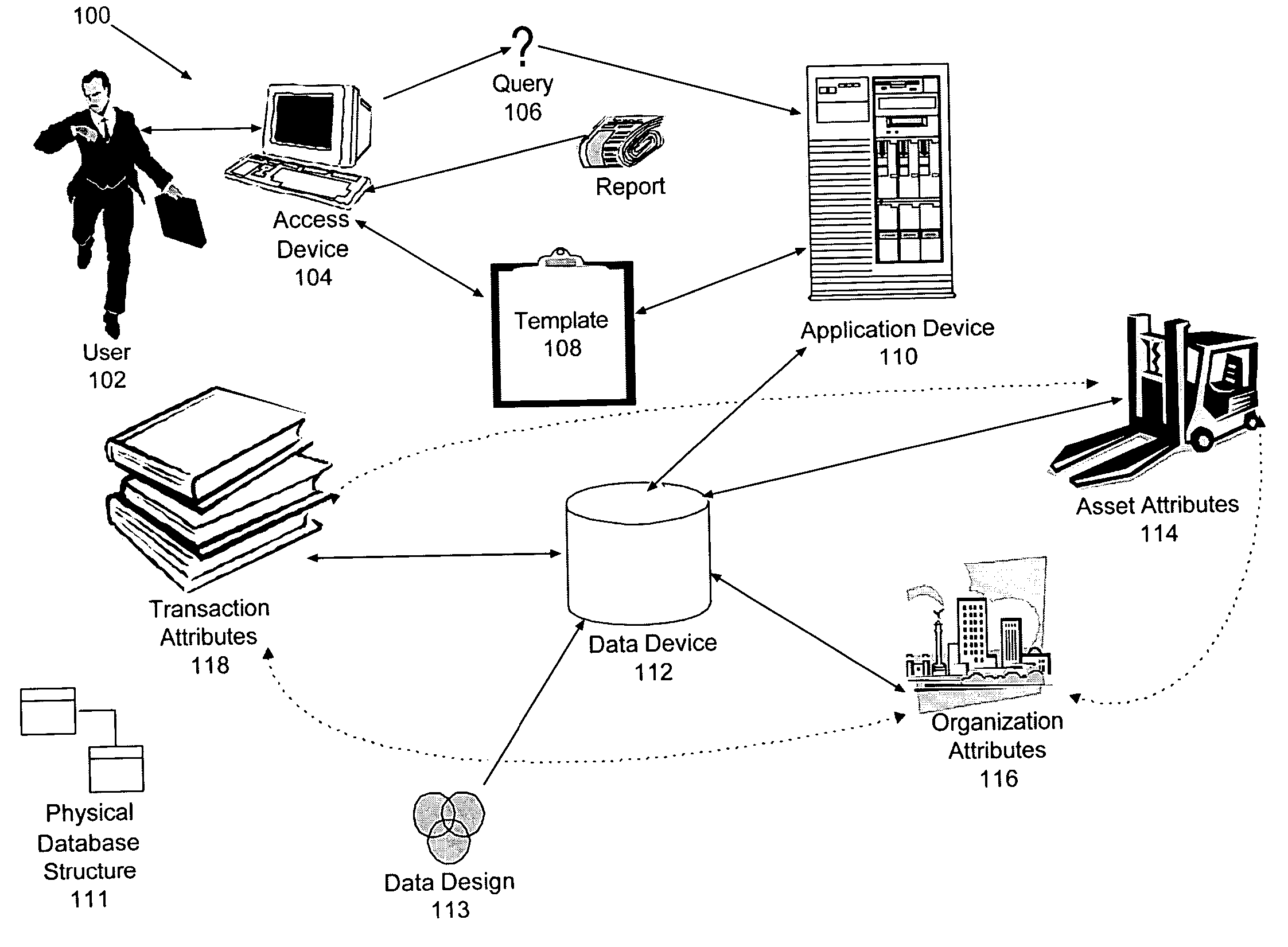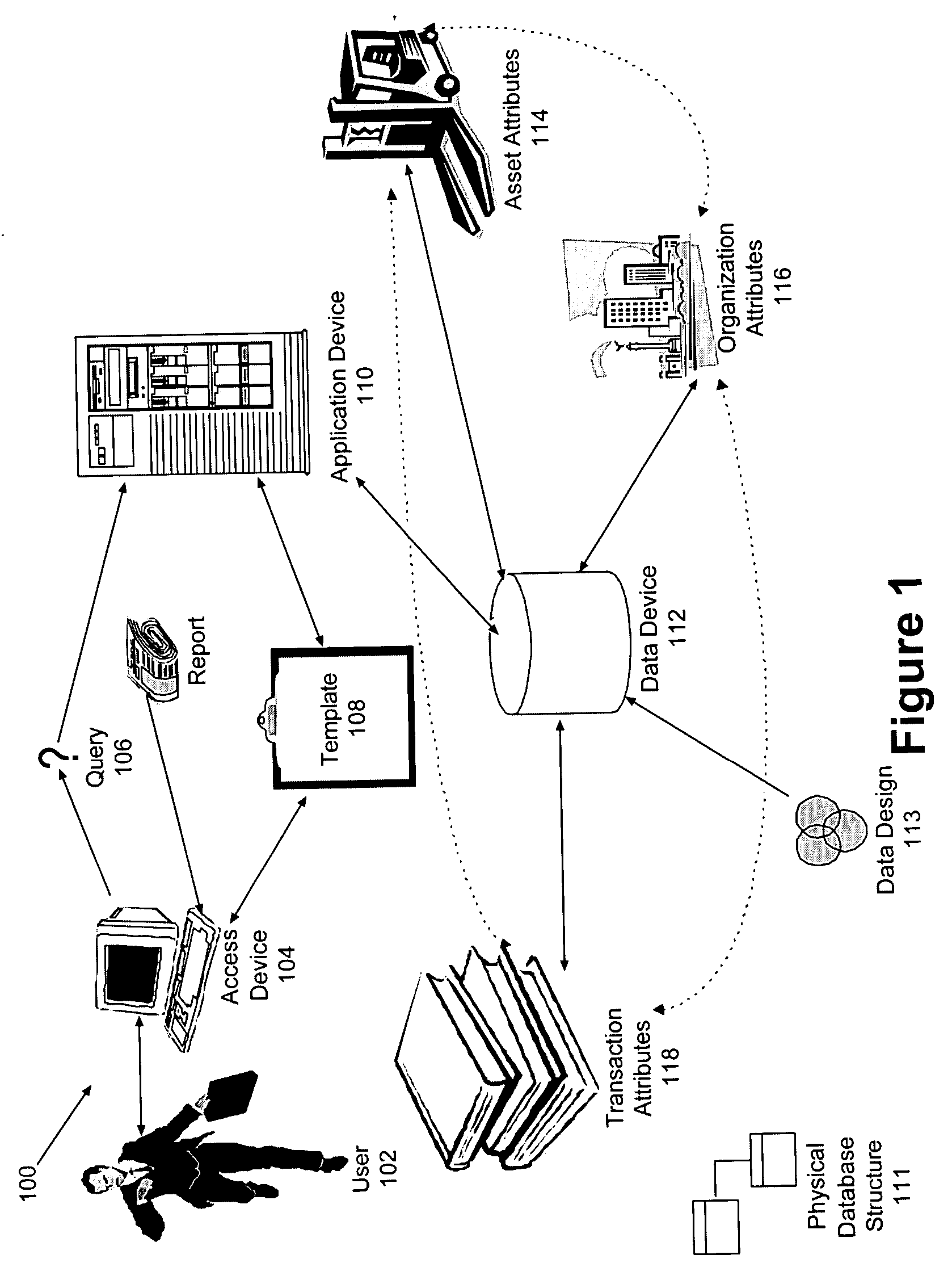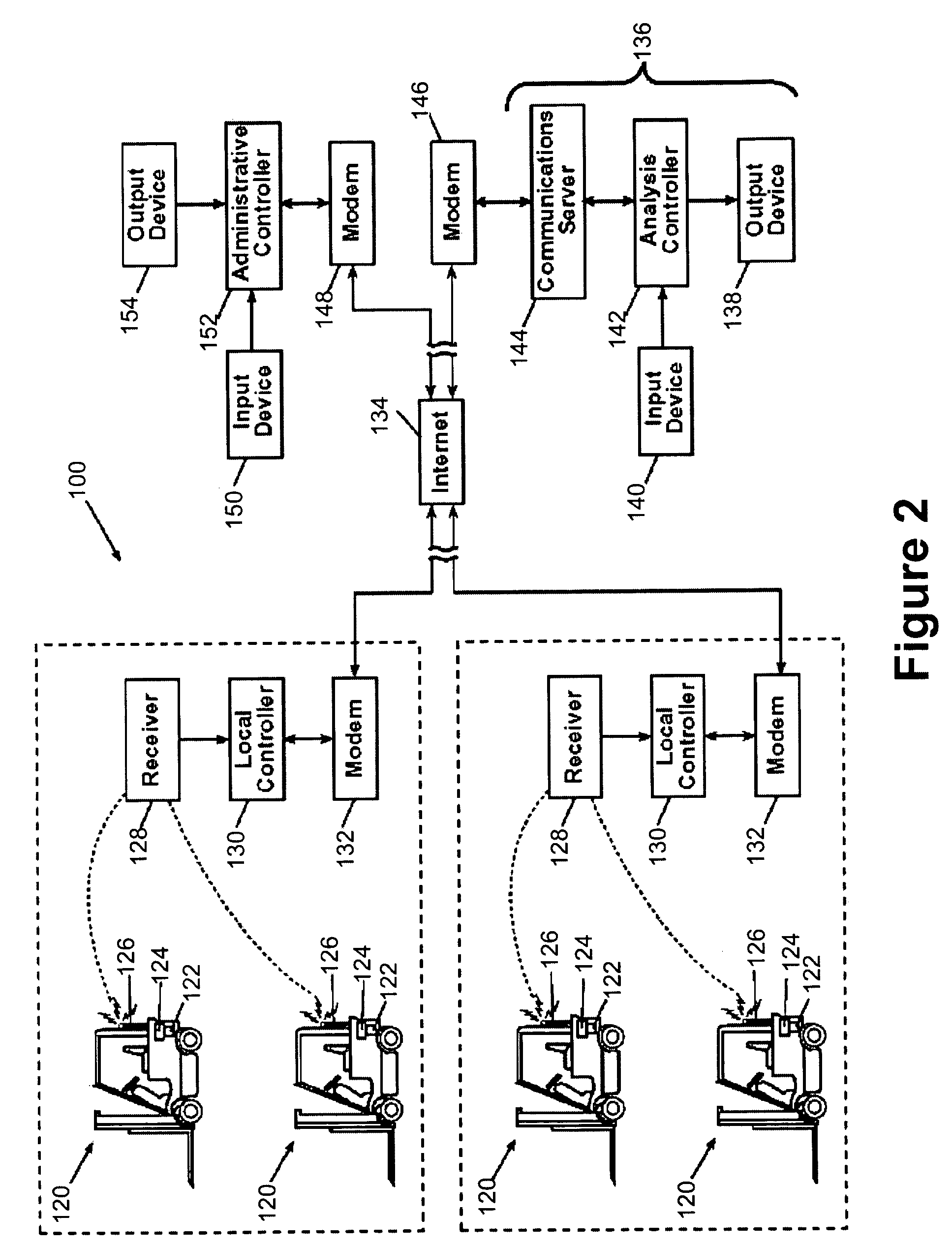System or method for analyzing information organized in a configurable manner
a data analysis and configurable technology, applied in the field of systems or methods for analyzing data, can solve the problems of insufficient effectiveness of existing tools, inability to meet the development of data capture and storage technologies, and inability to meet the needs of data collection and storage, so as to achieve the effect of maximizing the possibilities of customization
- Summary
- Abstract
- Description
- Claims
- Application Information
AI Technical Summary
Benefits of technology
Problems solved by technology
Method used
Image
Examples
example
[0635] Lets say that I am running a Transaction Report off of the following data in Table Q:
TransactionTransactionVendorReference #Entity NameAmountName123-001Sales Department400.51Acme123-001toy-123-0095.65Acme123-001toy-123-1175.00Acme123-002eal-00-00180.36Acme123-002toy-123-1024.62AcmeRR-002-1Corporate Office65.21ABC IncRR-002-1eal-00-00235.65ABC IncRR-002-1toy-122-0178.01ABC IncRR-002-1toy-123-01500.68ABC IncJT-001eal-00-00180.65Joe'sTune-up123-003Sales Department100.25Acme123-003eal-00-001900.65Acme123-003toy-123-0065.65Acme123-003toy-123-1083.64Acme123-003toy-123-1181.63Acme
[0636] Although all of the records within the original list are unique, what makes them unique is the combination of the Entity Name and the Reference Number. If I want to see a roll-up of all of the costs per vendor separated out by the entity name, I will place the aggregate function of Sum on the Transaction Amount, and the View List Display will look like the list disclosed in Table R:
AggregateAttri...
PUM
 Login to View More
Login to View More Abstract
Description
Claims
Application Information
 Login to View More
Login to View More - R&D
- Intellectual Property
- Life Sciences
- Materials
- Tech Scout
- Unparalleled Data Quality
- Higher Quality Content
- 60% Fewer Hallucinations
Browse by: Latest US Patents, China's latest patents, Technical Efficacy Thesaurus, Application Domain, Technology Topic, Popular Technical Reports.
© 2025 PatSnap. All rights reserved.Legal|Privacy policy|Modern Slavery Act Transparency Statement|Sitemap|About US| Contact US: help@patsnap.com



